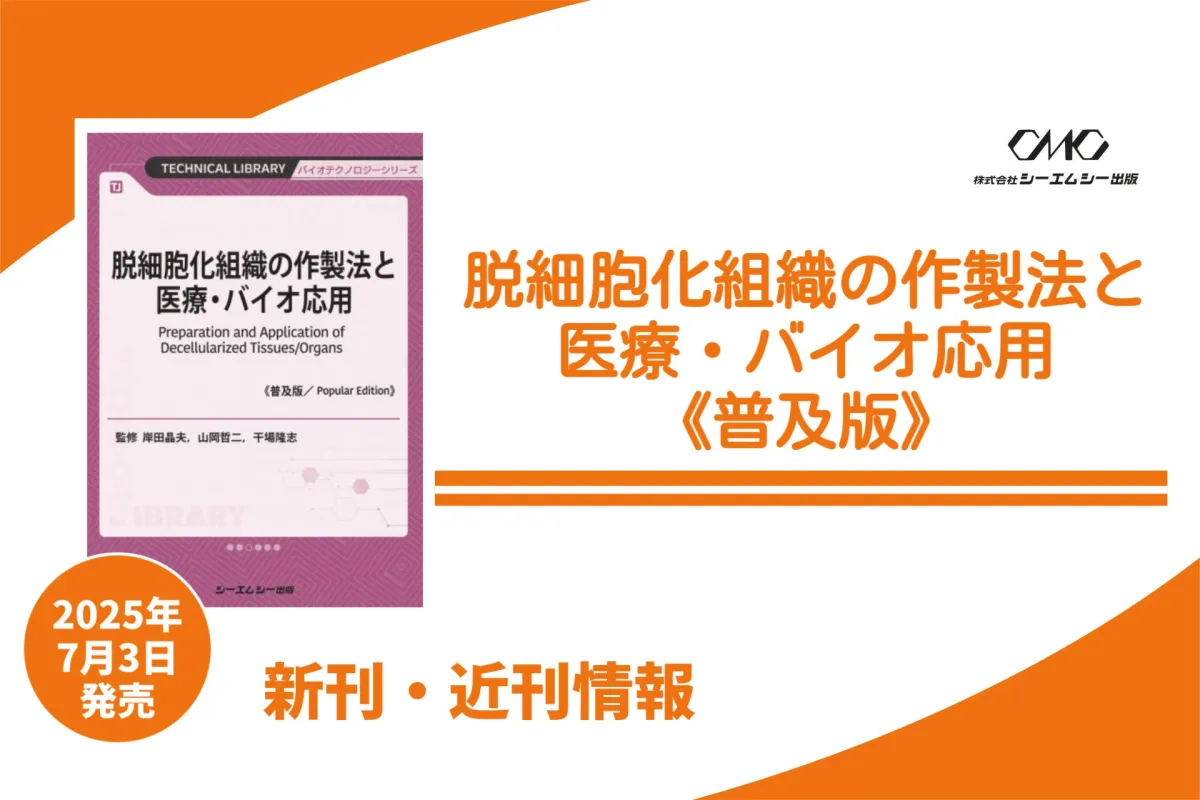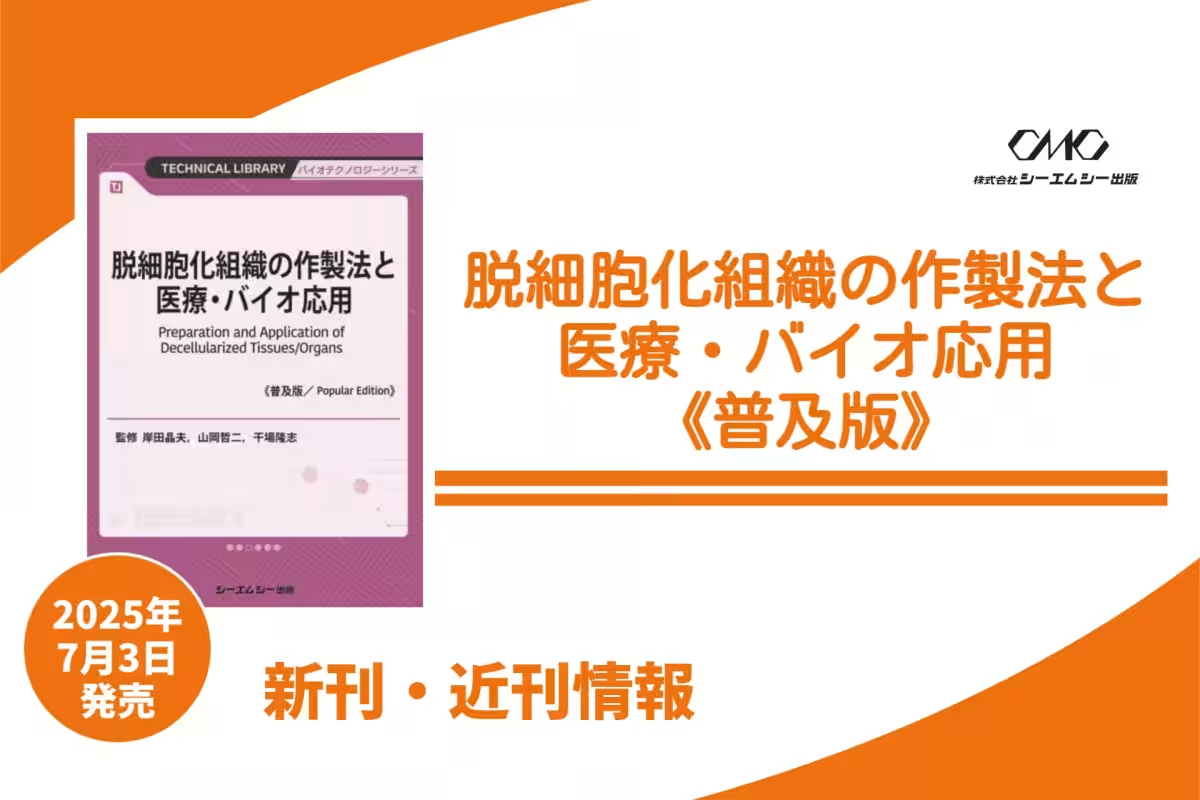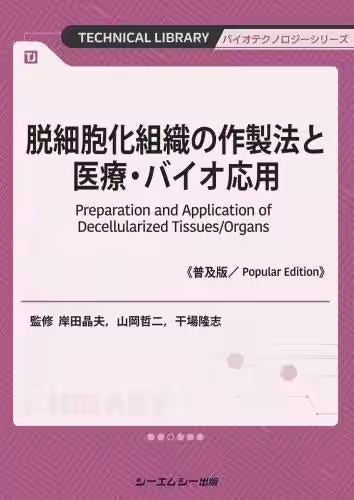

A Comprehensive Guide to Next-Generation Regenerative Medicine Through Decellularized Tissues
Exploring the Future of Regenerative Medicine through Decellularized Tissues
The field of regenerative medicine is rapidly evolving, with decellularized tissues emerging as a promising frontier. This innovative approach involves removing cellular material from tissues while preserving their extracellular matrix, thereby creating a scaffold that can facilitate tissue regeneration. A newly published comprehensive guide, set to impact researchers and professionals alike, details the production methods and applications of decellularized tissues across various organs. Published on July 3, 2025, and edited by notable figures such as Akio Kishida from the Tokyo Medical and Dental University, and Tetsuji Yamaoka of the National Cerebral and Cardiovascular Center, this volume serves as a vital resource for those engaged in the regenerative medicine business.
Deconstructing Decellularized Tissues
Decellularized tissues provide a unique solution for a range of medical applications, from organ transplants to tissue engineering. By maintaining the original structure of the tissue, these scaffolds can support cell attachment and growth, promoting healing and regeneration. The guide, comprising 229 pages, delves into the production methods of decellularized tissues, outlining various techniques used across different types of tissues and organs. The editors emphasize the significance of utilizing biocompatible materials to achieve optimal outcomes.
Diverse Applications in Medicine
The book's detailed chapters provide an overview of how decellularized tissues can be applied in various medical devices and procedures. Notable discussions include the use of decellularized vascular grafts, heart technologies, and innovations in organ regeneration for conditions such as chronic lung disease. Furthermore, researchers present their advancements in using decellularized scaffolds for organ reconstruction, alongside practical guidelines for assessing these novel medical devices.
Current Trends and Challenges
The guide also articulates the ongoing research trends in Japan and globally, highlighting both successes and challenges faced in the development of decellularized tissues. From small-caliber vascular applications to complex organ regeneration methods, the text outlines an optimistic view of the future possibilities in this field. Researchers from various prestigious institutions, including Shinshu University and the National Institute of Health Sciences, contribute insightful analyses on the effectiveness of decellularized organs in preclinical and clinical studies.
Enhancing the Accessibility of Knowledge
The publication is a revised and more affordable version designed to make this valuable knowledge widely accessible. The community can easily purchase the book on the company’s e-commerce site or at bookstores nationwide, ensuring a greater understanding of decellularized tissue applications in regenerative medicine.
Conclusion
For researchers and professionals in the field of regenerative medicine, this guide serves as an essential reference to navigate the intricate landscape of decellularized tissues. It is imperative that the medical community stays updated on these advancements, as the insights from this guide could inspire innovative solutions to some of the most significant challenges in tissue engineering and organ regeneration.


Topics Health)










【About Using Articles】
You can freely use the title and article content by linking to the page where the article is posted.
※ Images cannot be used.
【About Links】
Links are free to use.